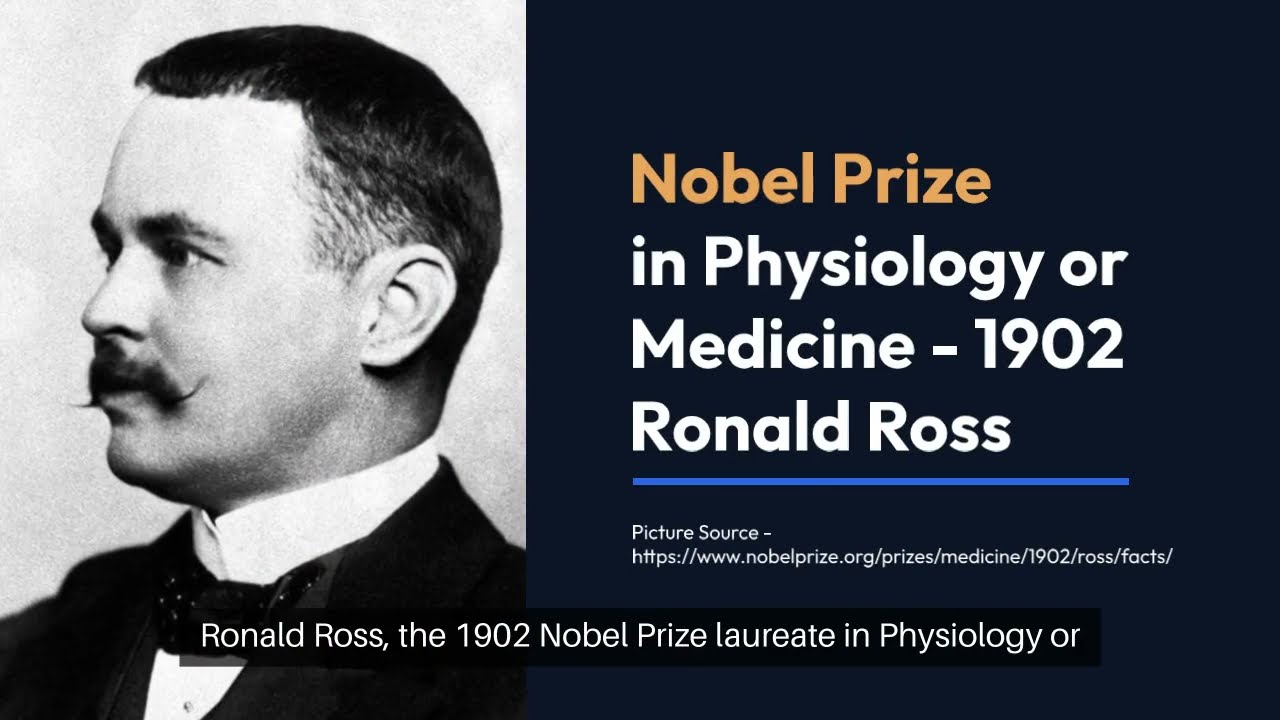Sir Ronald Ross and the mosquito link: how one Nobel winning discovery changed the course of malaria control

Key Points for Prelims:
Discovery by Sir Ronald Ross (1897):
Proved that Anopheles mosquitoes transmit the Plasmodium parasite, explaining malaria transmission.
Built on earlier work by Charles Laveran (who identified Plasmodium in 1880) and Patrick Manson.
Significance:
First evidence-based explanation of malaria’s vector-borne nature.
Shifted malaria control strategies from the "bad air" (miasma) theory to mosquito-targeted interventions.
Nobel Prize (1902):
Awarded for discovering malaria’s transmission mechanism, enabling future research and control methods.
Public Health Impact:
Led to mosquito control measures (draining stagnant water, insecticides like DDT, bed nets).
Foundation of vector biology and mathematical models (Ross-Macdonald model) for disease spread.
Legacy:
August 20 observed as "Mosquito Day" (India).
WHO and CDC recognize his work as pivotal in malaria elimination efforts.
UPSC Prelims MCQs
Question:
"This day relenting God Hath placed within my hand, A wondrous thing…" – This poetic note by a British physician marked a breakthrough in understanding which of the following diseases?
a) Tuberculosis
b) Malaria
c) Cholera
d) Smallpox
Answer: b) Malaria
Explanation: The quote is from Sir Ronald Ross’s journal (1897) after he discovered the Plasmodium parasite in Anopheles mosquitoes, proving the mosquito-malaria link.
Question:
The 1902 Nobel Prize in Physiology or Medicine was awarded for a discovery that "laid the foundation for successful research on this disease and methods of combating it." Who was the recipient, and what was the discovery?
a) Robert Koch – Tuberculosis bacterium
b) Sir Ronald Ross – Mosquito transmission of malaria
c) Alexander Fleming – Penicillin
d) Charles Laveran – Identification of Plasmodium
Answer: b) Sir Ronald Ross – Mosquito transmission of malaria
Explanation: Ross won the 1902 Nobel Prize for proving that Anopheles mosquitoes transmit malaria, revolutionizing parasitology.
Question:
The Ross-Macdonald model, widely used in epidemiology, is primarily associated with which of the following?
a) Predicting the spread of waterborne diseases
b) Mathematical modeling of mosquito-borne disease transmission
c) Analyzing antibiotic resistance in bacteria
d) Tracking zoonotic spillover events
Answer: b) Mathematical modeling of mosquito-borne disease transmission
Explanation: The Ross-Macdonald model quantifies malaria transmission dynamics based on mosquito and human populations.
